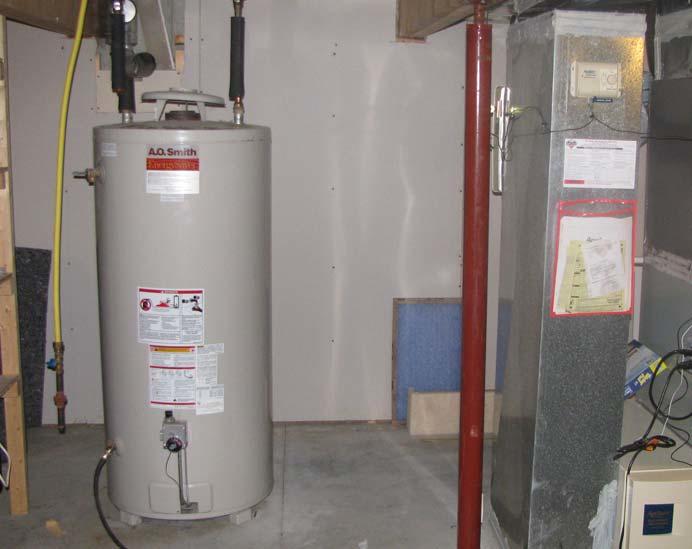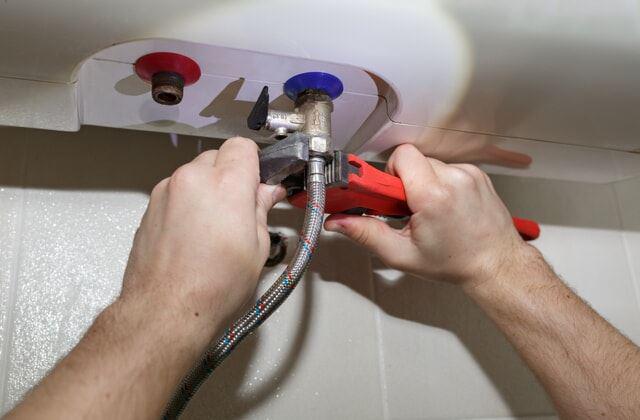Ensuring Durability of Your Home's Hot Water System: Maintenance Tips
Ensuring Durability of Your Home's Hot Water System: Maintenance Tips
Blog Article
How do you feel in relation to Tips on Maintaining a Water Heater?

Hot water is important for everyday convenience, whether it's for a revitalizing shower or washing meals. To guarantee your hot water system runs effectively and lasts much longer, regular upkeep is vital. This short article supplies practical suggestions and understandings on how to preserve your home's warm water system to avoid interruptions and pricey repairs.
Introduction
Preserving your home's warm water system might seem complicated, yet with a few basic actions, you can guarantee it operates smoothly for many years ahead. This guide covers everything from comprehending your warm water system to do it yourself upkeep tips and understanding when to call professional assistance.
Importance of Preserving Your Warm Water System
Regular maintenance not just extends the life expectancy of your warm water system but likewise guarantees it runs efficiently. Ignoring upkeep can lead to decreased effectiveness, higher power bills, and even early failing of the system.
Indications Your Warm Water System Needs Maintenance
Understanding when your warm water system requires attention can avoid significant concerns. Look out for indications such as irregular water temperature level, weird noises from the heater, or rustic water.
Purging the Hot Water Heater
Purging your water heater gets rid of debris build-up, boosting performance and lengthening its life.
Monitoring and Changing Anode Rods
Anode poles stop corrosion inside the tank. Examining and replacing them when worn is vital.
Facility Concerns Calling For Professional Help
Instances consist of major leaks, electrical troubles, or if your hot water heater is regularly underperforming.
Routine Professional Upkeep Conveniences
Specialist upkeep can include detailed assessments, tune-ups, and guaranteeing compliance with safety and security criteria.
Evaluating and Readjusting Temperature Level Setups
Adjusting the temperature setups makes sure ideal performance and safety and security.
Do It Yourself Tips for Maintenance
You can perform numerous upkeep tasks on your own to maintain your hot water system in top problem.
Looking for Leakages
Regularly evaluate pipelines and links for leakages, as these can bring about water damages and higher bills.
Understanding Your Hot Water System
Before diving into maintenance tasks, it's helpful to recognize the standard parts of your warm water system. Usually, this includes the water heater itself, pipes, anode rods, and temperature controls.
Monthly Maintenance Tasks
Regular monthly checks can help catch small concerns prior to they intensify.
Checking Stress Relief Valves
Evaluating the pressure relief valve guarantees it operates appropriately and stops extreme pressure buildup.
Insulating Pipes
Shielding hot water pipelines minimizes warmth loss and can save power.
When to Call an Expert
While do it yourself maintenance is helpful, some issues call for expert proficiency.
Final thought
Normal maintenance of your home's warm water system is essential for effectiveness, long life, and cost financial savings. By following these suggestions and recognizing when to seek expert aid, you can guarantee a trustworthy supply of hot water without unforeseen interruptions.
Water Heater Maintenance Tips
Test the TPR Valve
Shut off the power and the cold-water supply valve. Place a bucket under the pipe connected to the temperature-pressure-release (TPR) valve on the top or side of the tank. (This valve opens if the tank pressure gets too high.) Lift the valve’s tab to let some water out, then let go. If water keeps flowing, drain the tank partway, unscrew the old valve with a pipe wrench, and install a new one. Check the Anode Rod
Put a hose to the tank’s drain cock and let out a few gallons of water. Now fit a 1 1/16-inch socket onto the rod’s hex head on top of the heater (or under its top plate) and unscrew the rod. If it’s less than ½ inch thick or coated with calcium, buy a new one, wrap its threads with Teflon tape, put it back in the tank, and tighten securely. Use this segmented rod if headroom above the tank is limited. Drain the Tank and Wash Out Sediment
Drain the remaining water in the tank into the bucket, then stir up the sediment on the tank’s bottom by briefly opening the cold-water supply valve. Drain and repeat until clean water comes out of the hose. Close the drain cock, refill the tank, and turn its power back on. Adjust the Temperature
Find the temperature dial on the side of the tank and unscrew its cover. Adjust the dial to 120 degrees using a flathead screwdriver. For every 10 degrees the temperature is lowered, you can expect to save up to 5 percent in energy costs. Turn the water heater off or the thermostat down to its lowest setting if you plan to be away from home for more than three days. Insulate the Pipes
Buy some self-sticking 3/8-inch-thick foam pipe insulation that matches the pipes’ diameter. Slide the foam over the hot-and cold-water pipes as far as you can reach. Insulating the cold-water pipe prevents condensation in summer. Peel the tape and squeeze the insulation closed. If the pipe is 6 inches or less from the flue, cover it with 1-inch-thick unfaced fiberglass pipe wrap. https://www.thisoldhouse.com/plumbing/21016402/how-to-maintain-a-water-heater

Do you like reading about How to Maintain a Hot Water Heater in a Few Simple Steps? Try leaving feedback down the page. We will be delighted to find out your ideas about this page. We are looking forward that you visit us again in the future. Are you aware of somebody else who is interested in the subject? Why not promote it. I thank you for your readership.
Call Today Report this page